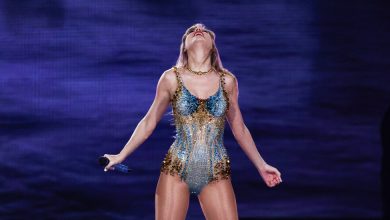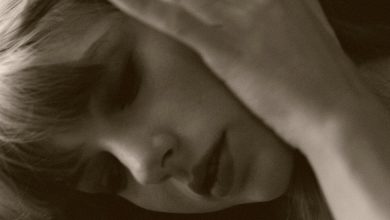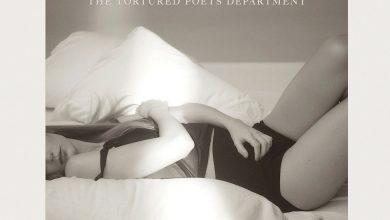Welcoming Underexposed Black Photographers Into the Canon

Elegant in a burnt-orange linen dress and wearing necklaces of her own design, Coreen Simpson, 82, said that because she was raised in foster homes, “I have always felt like an outsider — which is a good thing for a photographer.” But as a Black artist of an older generation, she was made to feel like an outsider in other ways, too. “I’ve wanted my own book for a long time,” she said, during an interview in her Brooklyn apartment. “I just wanted a serious book on my work, because I think I deserve it, to tell you the truth.” Thanks to the Vision & Justice project, that deficit is about to be corrected.
Vision & Justice is an enterprise founded by Sarah Elizabeth Lewis, an art historian who believes, she said recently, that images can be powerful in “pushing back against entrenched injustice.” In 2016, she guest edited an issue of Aperture Magazine on that theme. A runaway success, it was reprinted multiple times and incorporated into many university syllabuses, including in the Tisch School of the Arts at New York University, and at Harvard, where Lewis is an associate professor of the history of art and architecture and of African and African American Studies.
Aperture Books has now announced plans to publish, beginning in October, a series of Vision & Justice monographs (among them, one on Simpson). “The core mission is to build a richer, more racially inclusive history of photography,” said Michael Famighetti, editor in chief of Aperture Magazine. “There is a restorative or reparative mission. Sarah correctly identifies that there are many great artists who haven’t been exhibited or haven’t been published with critical writing.”
Lewis credits Frederick Douglass and her own grandfather for inspiring the Vision & Justice project. Douglass, who escaped from slavery in 1838, was photographed 160 times, making him the most photographed American of the 19th century. He argued that his dignified likeness would counteract the flood of racist depictions of African Americans. “He’s talking about the use of images to write people out of the human family, and he’s talking about the use of images to write them back in,” she said.
And Lewis’s grandfather? He was expelled from high school after he questioned why there were no Black people in his textbooks.



